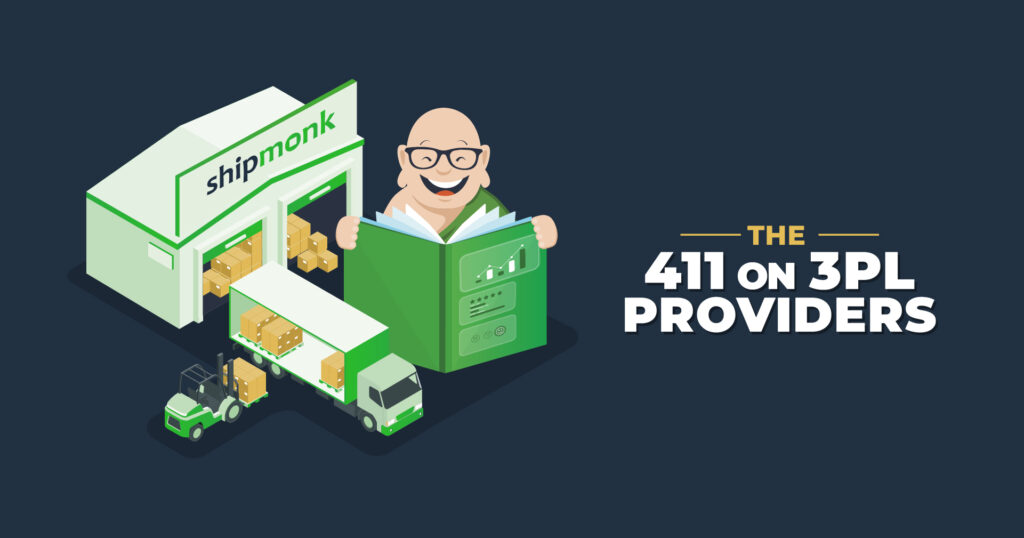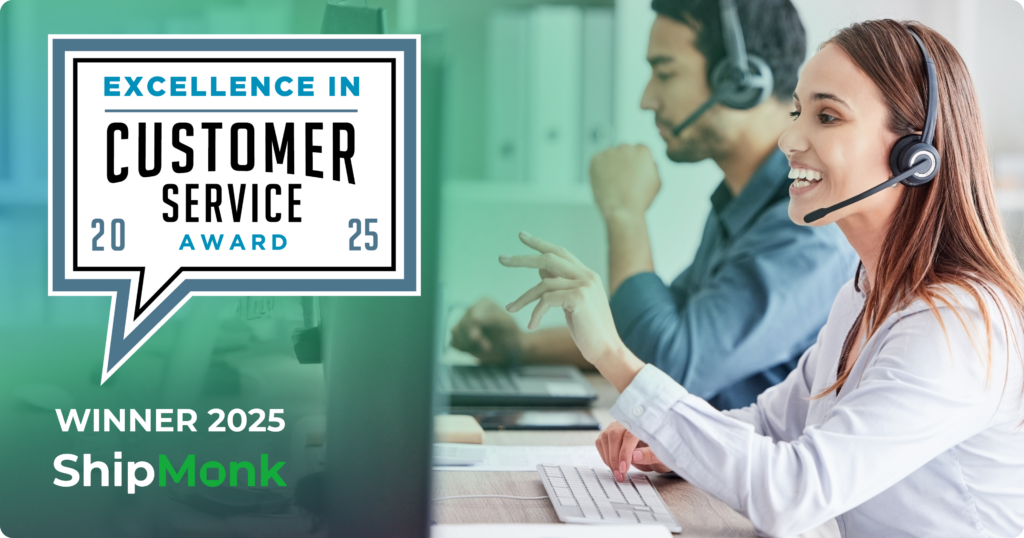Learn All about Ecommerce Logistics and Fulfillment
Of all the many things you do as an ecommerce brand owner, logistics and fulfillment are often afterthoughts — as in, let’s worry about that after the orders start coming in. Yet, like it or not, you find yourself spending a disproportionate amount of time on those two things. We’re talking about tasks like making sure your inventory is stored safely where it needs to be and that you have enough of it to fill orders. We’re talking about tasks like picking and packing orders, verifying delivery addresses, finding the most affordable way to ship packages, tracking deliveries, handling problems, and managing returns. We’re talking about B2B fulfillment and multichannel direct-to-consumer fulfillment and having the systems to manage the flow of inventory through all these channels.
It’s a lot. And that’s why the 3PL, or third-party logistics provider, came to be. What is a 3PL, how do they work, and why would you need one if you’re already doing all of this in house? That’s what we’re going to talk about today.
What is a 3PL?
A third-party logistics (3PL) provider is a company that manages fulfillment, shipping, inventory, and other supply chain operations for businesses that choose to outsource these tasks. 3PL fulfillment partners own and/or operate fulfillment warehouses, where they securely store merchandise for B2B businesses, ecommerce clients, or both. When a customer (whether B2B or DTC) places an online order, the 3PL fulfillment partner handles the picking, packing, and shipping behind the scenes on behalf of the client. They may also help with freight forwarding, distributing inventory across multiple warehouses, cross docking, or any other services their clients need. They may service DTC and B2B companies, manufacturers and retailers, all with the purpose of streamlining the flow of goods between production and the consumer market.
Benefits of Working With a 3PL
3PL providers are experts in fulfillment and logistics. They not only provide expert advice, their fulfillment centers are built for efficiency and can help rapidly growing businesses scale overnight. The best 3PLs invest in technology and automation that ensure speed and accuracy in filling orders. And because they process thousands of orders per day, they can use their leverage to get discounted shipping rates for their ecommerce clients — something most ecommerce businesses can’t do on their own.
How Does a 3PL Work?
When a 3PL fulfillment provider signs on a new ecommerce client, they work with the business to determine their needs, including inventory space, order volume, tech integrations, DTC, retail, or B2B fulfillment, returns management, and any special services they may require. Together they develop a Service-Level Agreement (SLA) that details the client’s service expectations and the responsibilities of each party.
Let’s take ShipMonk, for example, one of the fastest-growing 3PL fulfillment providers in the US. At ShipMonk, onboarding includes seamless tech integrations between the brand’s shopping cart or platform (such as Shopify, Woo Commerce, or Squarespace) and ShipMonk’s award-winning warehouse, order and inventory management system. This cloud-based system allows ecommerce and business clients to manage their inventory, track orders, and monitor performance from one centralized place. In addition, our Virtual Carrier Network gives clients access to discounted shipping rates and a wide range of shipping methods and carriers.
Inventory is then shipped to one or more of ShipMonk’s 12 global fulfillment centers to reduce shipping distances and lower costs. As inventory is received at the warehouse it is counted, quality checked, scanned, measured, weighed, and photographed before it is slotted in its reserved space. If you need freight forwarding services, we do that too!
As those Shopify orders come in, they are automatically routed to the fulfillment center that can fill and ship the order most affordably and within the specified timeframe. ShipMonk team members work off of picking lists to accurately locate merchandise within the warehouse. Barcode scanners at multiple checkpoints provide quality control, verifying that the correct products and quantities make it into each order before packing. The best shipping carrier and method is chosen automatically, based on the origin and destination, carrier availability, reliability and rate. Shipping labels are automatically generated and more scanners and sorting machines ensure that each package gets on the right truck at the loading dock. Once shipped, the ecommerce client is notified of any shipping delays or issues that need their attention.
What’s Wrong with In-House Fulfillment?
So, why would you want to hire a 3PL if you’re already doing all of this yourself? The answer is that you certainly can do all of this yourself, but as your business grows, keeping up with orders and managing hundreds of SKUs requires technology and automation that most businesses can’t afford. (For more on this, read 3PL Fulfillment vs. In-House Fulfillment.) Theoretically, you could also develop your own relationship with a shipping carrier, and possibly negotiate discounted rates, but you’d have very little flexibility should something go wrong. The bottom line? Is tracking down lost inventory, packing, labeling, and shipping really how you want to spend your time?
You do have other options, of course. There are 2PLs, 4PLs and 5PLs, that each offer a little less, or a little more service than a 3PL. For more on the differences, read What is a 3PL? How Third-Party Logistics Providers Benefit Ecommerce Brands. If a 3PL is what you need, there are a few things you should look for.
Not All 3PLs Are Created Equal
There are a lot of 3PLs to choose from. Some serve local businesses, some are nationwide, some are global. Some only accept huge ecommerce businesses, some are best for small businesses. Some can manage multichannel and omnichannel fulfillment, others can’t. Some can help as your business expands into retail or B2B channels. So, when you’re looking for a 3PL, make sure you find one that can meet your needs both now and in the future.
Ask about their tech capabilities, and how they handle spikes in order volume such as the peak season. Ask what types of clients they handle, and where your business fits in. Ask who your main contact will be, what their picking accuracy rate is, and how complaints are handled. Ask how many fulfillment-center locations they have, whether they are first-party (run by the 3PL) or not (run by subcontractors), and how distributed inventory is managed. Ask about their fee structure. Ask if they have special services your business may need, such as temperature-controlled storage or the option to use branded packaging. Ask for a quote on shipping rates, how many shipping methods they offer, and their on-time rate for expedited or 2-day shipping options.
It’s a lot — but, hey, this is your business, your baby, your dream. If you find the right 3PL, the success of your business becomes their business. Together you should make the perfect team.
Time to Make the Leap?
If you’re thinking about making the switch, it doesn’t hurt to talk to a few 3PLs to get an idea of what you’re in for and how you’ll be treated. At ShipMonk, we’re always happy to answer questions, give you a tour, a software demo, or shoot you a quote. Contact us today to learn more about 3PL fulfillment and how it can transform your business while taking a load of logistics off your plate.





